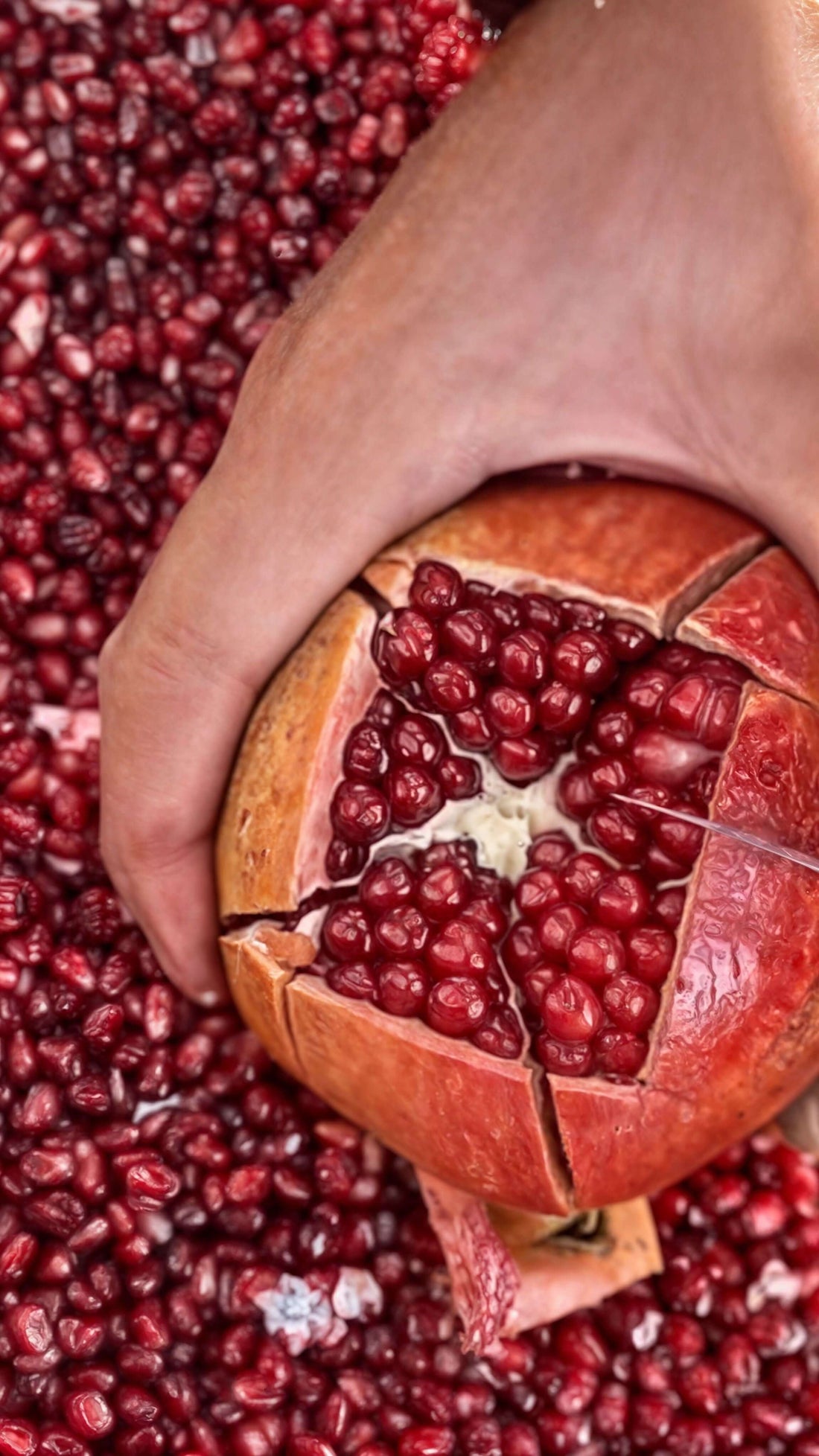
The Best Techniques for Growing Pomegranates Organically in the US
Share
 Topics Covered:
Topics Covered:
1. Introduction to Organic Pomegranate Planting
2. Benefits of Organic Farming Practices
3. Choosing the Right Location for Pomegranate Trees
4. Soil Preparation and Amendments
5. Planting Pomegranate Trees
6. Watering and Maintenance
7. Organic Pest and Disease Control
8. Harvesting Pomegranates
Introduction to Organic Pomegranate Planting
Organic farming practices have gained popularity in the United States due to their environmental benefits and health advantages. When it comes to planting pomegranate trees organically, using natural fertilizers and compost is essential for sustainable growth.
Benefits of Organic Farming Practices
Organic farming promotes soil health, reduces chemical exposure, and supports biodiversity. By avoiding synthetic pesticides and fertilizers, organic pomegranate cultivation contributes to a healthier ecosystem.
Choosing the Right Location for Pomegranate Trees
Pomegranate trees thrive in full sun and well-drained soil. Select a location with good air circulation to prevent fungal diseases. Ensure the area is free from competing roots and has sufficient space for the tree to grow.
Soil Preparation and Amendments
Prior to planting, enrich the soil with organic fertilizer, worm castings, and dairy compost. These natural inputs provide essential nutrients for pomegranate trees to establish strong roots and promote fruit production.
For high-quality organic fertilizer, consider using Soil Seed and Water's products for optimal plant growth.
Planting Pomegranate Trees
Dig a hole twice as wide and deep as the tree's root ball. Place the tree in the hole, backfill with amended soil, and water thoroughly. Mulch around the base of the tree to retain moisture and suppress weeds.
Watering and Maintenance
Water newly planted pomegranate trees regularly to establish roots. Once established, water deeply but infrequently to encourage deep root growth. Prune the tree annually to maintain shape and remove dead or diseased branches.
Organic Pest and Disease Control
Monitor the tree for pests and diseases regularly. Use organic methods such as neem oil or insecticidal soap to control pests like aphids or whiteflies. Practice good sanitation to prevent disease spread.
Harvesting Pomegranates
Pomegranates are ready for harvest when the skin turns a deep red color and the fruit feels heavy. Cut the fruit from the tree using sharp pruners and store in a cool, dry place. Enjoy the delicious and nutritious pomegranate arils!
For premium worm castings and dairy compost, check out Mikey's Worm Poop and Dan's Gold Organic Dairy Compost for your organic gardening needs.

